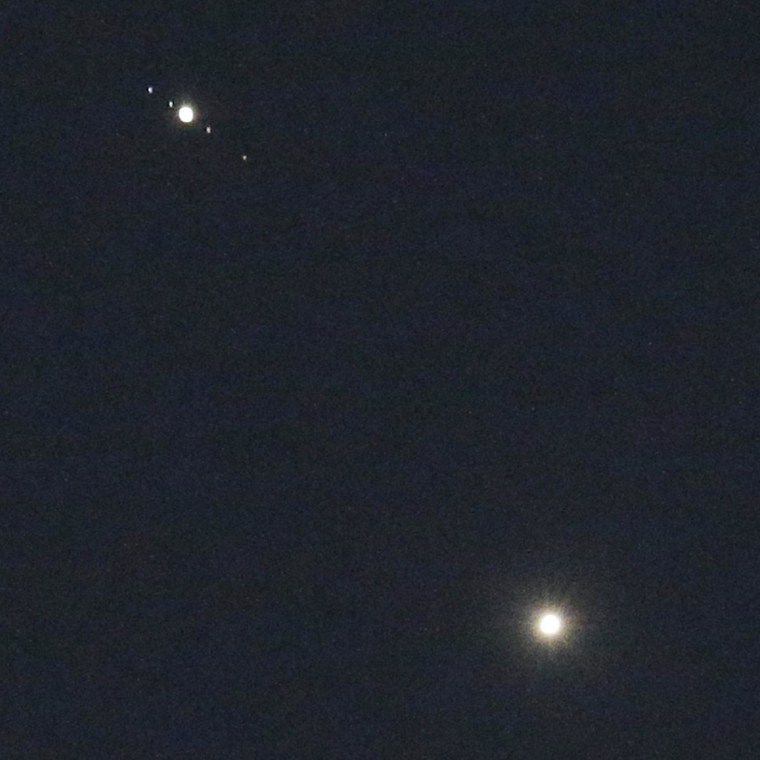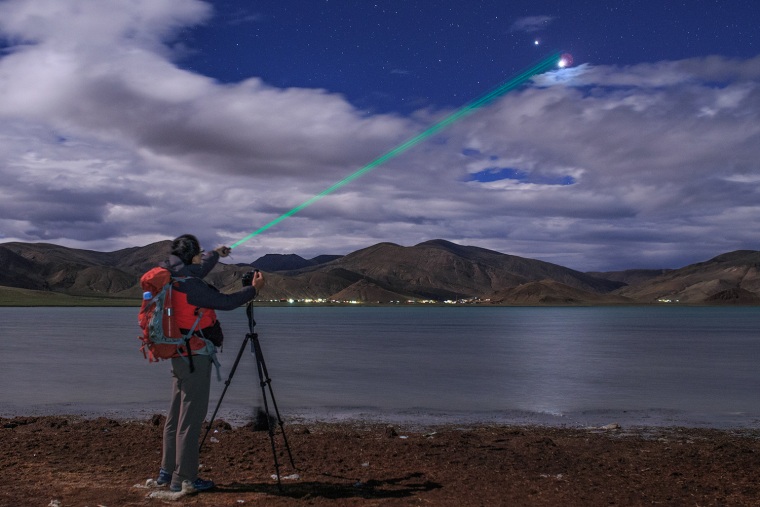The celestial highlight of the month is actually a drama that has been building all through June: The two brightest planets in our sky — Venus and Jupiter — have been slowly approaching each other.
At the start of the month, the two planets were separated in the sky by 21 degrees. From your outstretched hand, your clenched fist is equal to roughly 10 degrees, so at the beginning of June, Venus and Jupiter appeared about "two fists" apart. But ever since, they have been getting progressively closer to each other. On Tuesday night, they're just 0.33 degrees apart — two-thirds of the apparent width of the moon.
Weather permitting, these two worlds should make for a very striking visual spectacle. [Skywatching in 2015: 9 Must-See Stargazing Events]

Conjunctions between Venus and Jupiter are far from rare events. According to astronomer Jean Meeus, a highly regarded calculator of planetary motions, they occur at mean intervals of 13 months. But this conjunction is unusually close. Venus and Jupiter will come as close or closer only 26 times over the next century.
On Nov. 22, 2065, Venus will actually appear to cross in front of Jupiter! Too bad that the two planets will be only 8 degrees from the sun when this event takes place, robbing us of an amazing visual spectacle.
Joe Rao serves as an instructor and guest lecturer at New York's Hayden Planetarium. He writes about astronomy for Natural History magazine, the Farmer's Almanac and other publications, and he is also an on-camera meteorologist for News 12 Westchester, N.Y.
This is a condensed version of a report from Space.com. Read the full report, and follow Space.com on Twitter, Facebook and Google+.
